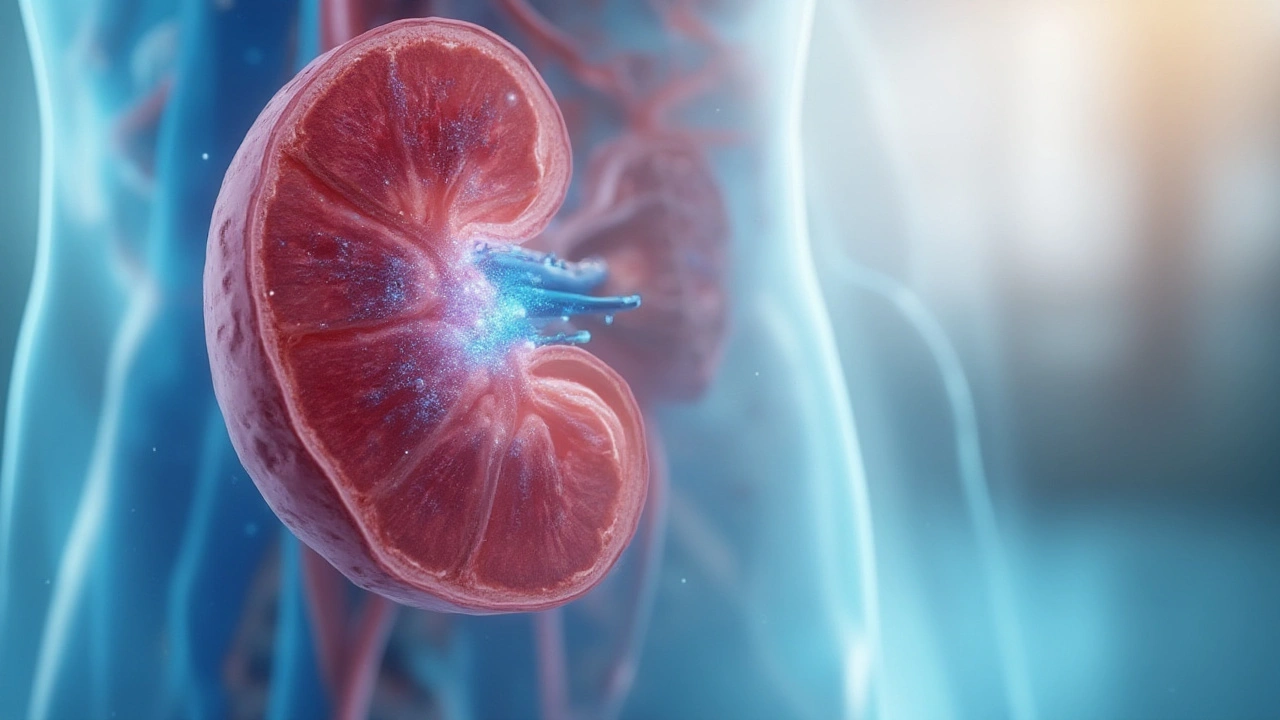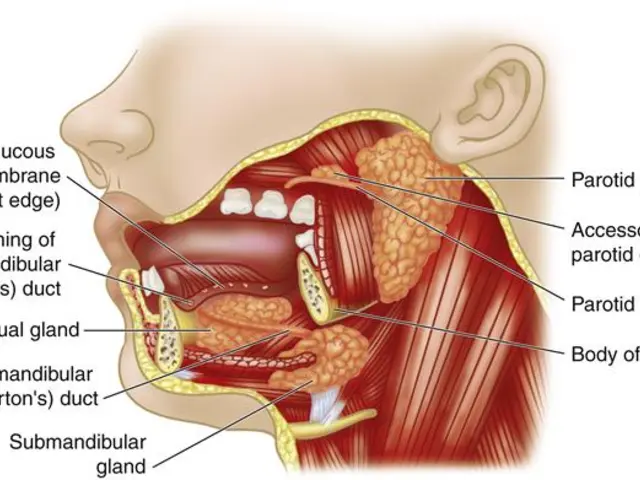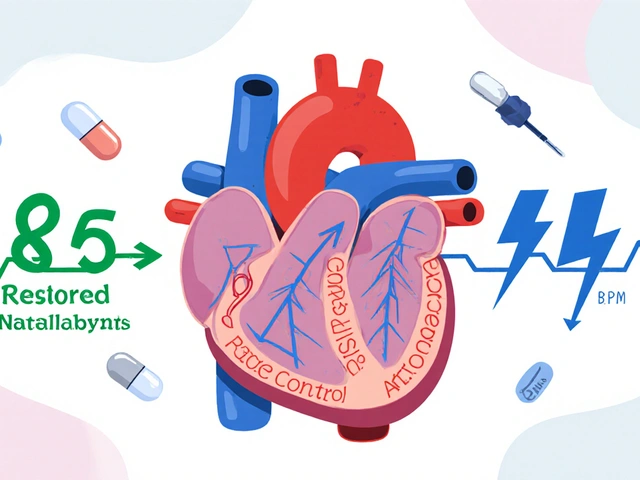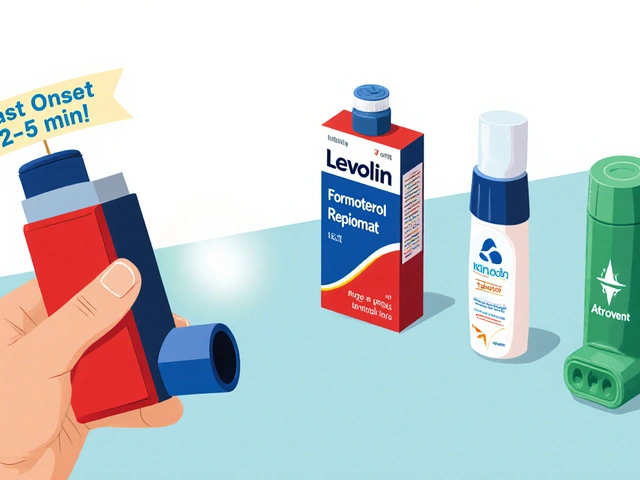Edema: What It Is and How to Handle It
Ever notice your ankles puff up after a long day or your hands feel tight for no clear reason? That’s edema – a buildup of fluid that makes parts of your body swell. It’s not just a cosmetic issue; it can signal something your body needs to fix.
Edema can show up anywhere, but the most common spots are the legs, feet, ankles, and sometimes the face. When you feel heaviness, tight skin, or a noticeable dent after pressing on the swollen area, those are classic signs.
Common Causes of Edema
Many things can trigger fluid retention. A simple one is sitting or standing still for hours – gravity pulls fluid down to your lower limbs. Eating too much salty food also makes your body hold onto water.
Medical reasons matter, too. Heart failure, kidney disease, and liver problems can all cause edema because the organs can’t manage fluid balance properly. Certain medications, like some blood pressure pills or steroids, have swelling as a side effect.
Pregnancy is another frequent cause. Hormonal changes and the extra blood volume needed to support a growing baby often lead to swollen feet and legs.
Managing Edema at Home
First, try moving around. A short walk or gentle leg lifts every hour helps push fluid back into circulation. If you sit at a desk, place your feet on a small stool to keep them elevated.
Cut back on salt. Instead of adding a pinch of table salt, flavor your meals with herbs, lemon, or vinegar. Drinking enough water might sound odd, but staying hydrated tells your body it doesn’t need to hoard water.Compression socks or sleeves can give your legs a gentle squeeze that prevents fluid from pooling. They’re especially useful if you stand a lot at work.
Massage the swollen area lightly, moving toward your heart. This can move fluid out of the tissue and reduce the puffiness.
If swelling is sudden, painful, or accompanied by shortness of breath, get medical help right away. Those could be signs of a serious condition that needs professional treatment.
When you see a doctor, they may run blood tests, check your heart, or use an ultrasound to find the cause. Treatment might involve diuretics – pills that help your kidneys dump extra water – or adjusting any medications that cause swelling.
In short, edema is usually manageable with simple lifestyle tweaks, but it can also be a clue that something deeper needs attention. Keep an eye on when and where it appears, try the home tips above, and don’t hesitate to ask a healthcare professional if you’re unsure.
Breaks down how salt messes with kidney sodium handling, unleashes RAAS, and tips the balance toward swelling—demystifying fluid retention for regular folks.



 Medications
Medications




